
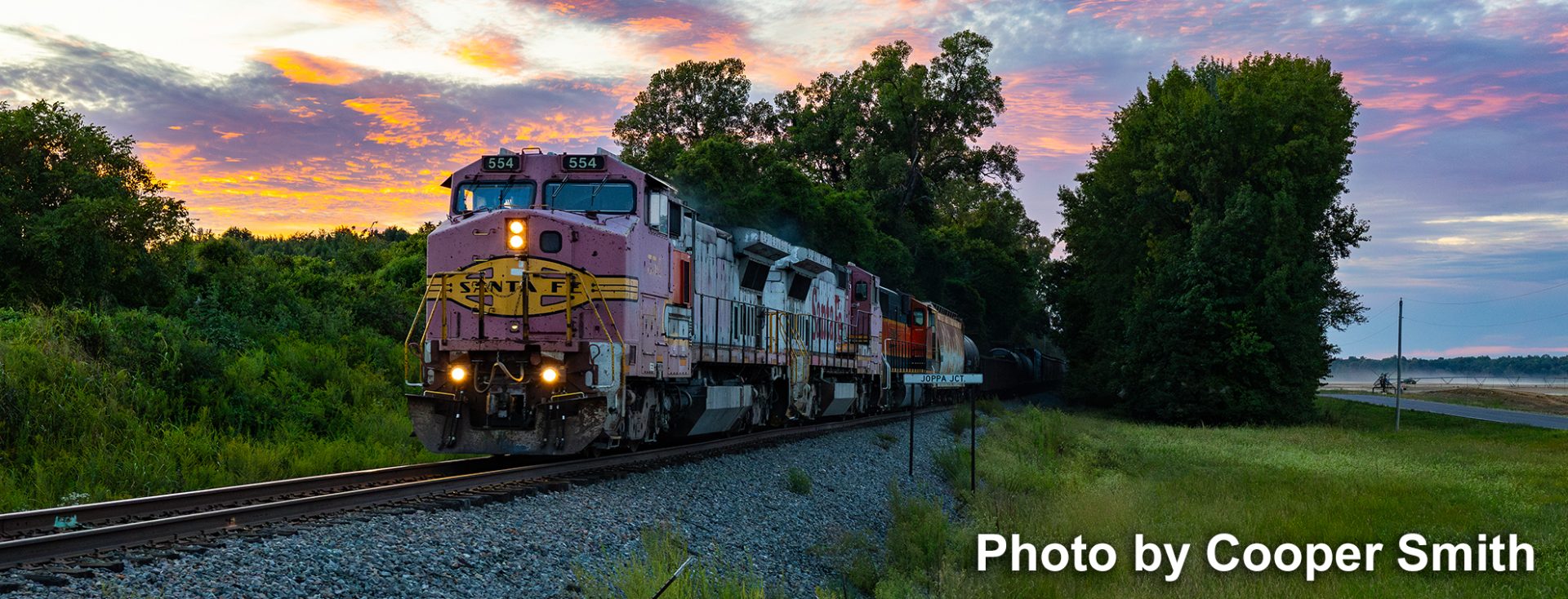
Photos from the Pennyrail Newsletter
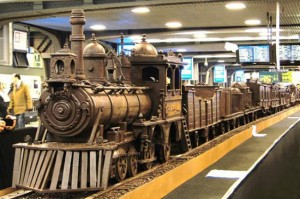 A train made entirely of chocolate has set a new Guinness World Record as the longest chocolate structure in the world.
A train made entirely of chocolate has set a new Guinness World Record as the longest chocolate structure in the world.
The sculpture, on display at the busy Brussels South station, is 112-feet (34.05 meters) long and weighs over 2,755 pounds (1250 kilos).
Maltese chocolate artist Andrew Farrugia spent over 700 hours constructing the masterpiece. He said he came up with the idea of the train last year 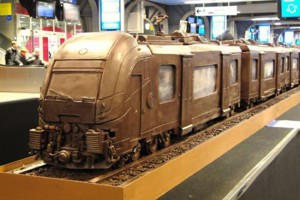 after visiting the Belgian Chocolate Festival in Bruge: “I had this idea for a while, and I said what do you think if we do this realization of a long chocolate train, you know, because a train you can make it as long as you like.
after visiting the Belgian Chocolate Festival in Bruge: “I had this idea for a while, and I said what do you think if we do this realization of a long chocolate train, you know, because a train you can make it as long as you like.
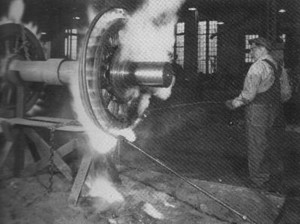 Back a year or so we saw how the wheels could develop flat spots from sliding along the rail. Those flats pots cause that Whooomp, whoomp, when a train goes by. On a freight car it is relatively simple lifting the car off the wheelset, remove the guilty wheels and axle, replace it or turn it on a lathe. Since the wheels on the axle rotate as a unit both will be flat.
Back a year or so we saw how the wheels could develop flat spots from sliding along the rail. Those flats pots cause that Whooomp, whoomp, when a train goes by. On a freight car it is relatively simple lifting the car off the wheelset, remove the guilty wheels and axle, replace it or turn it on a lathe. Since the wheels on the axle rotate as a unit both will be flat.
But, woe be the engineer that lets flat spots develop on his locomotive. Now you are talking serious issues. The master mechanic and road foreman will have his hide. The loco goes to the back shop, where all the drive wheel/axles must be removed. If one drive wheel has a flat spot, all will because they are connected and work together.
A gas fired ring heats up the tire. You can see the axle is secure in a cradle, and the heat will expand the tire enough for a machinist to sledge hammer it loose. A safety chain will be looped through the spokes. The process is reversed for applying the new tire.
The importance in not allowing the loco to slide along the rails, ever, is best explained by the fact that a train has two sets of brakes. One system is for the locomotive only, the other for the train. A smart engineer will use only the train brakes while operating out on the mainline, and bringing the train to a stop. Once stopped, he can apply the engines to secure the train.
Books have been written on train brakes. The above is only “RR Brakes 101.” – Gary Ostlund, submitted by Jim Futrell.

Here’s a 1977 shot at the west end of the big C&O yard at Russell, KY (Russell is actually the town at the east end- Raceland is towards the west end, where the car shops were. This throat is actually in Wurtland). This is one of two original C&O signal bridges still in use in the area- the other is one block to the west, and is even neater as it has full aspects (not these limiting upper targets), both ways, on all three tracks. – Submitted by Fred Ripley
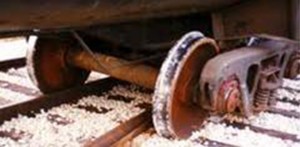 CHAFFEE, Mo. — Union Pacific says it could take up to two months to clean up the mess left after a derailment near the southeast Missouri town of Chaffee.
CHAFFEE, Mo. — Union Pacific says it could take up to two months to clean up the mess left after a derailment near the southeast Missouri town of Chaffee.
The derailment happened during high winds on Jan. 29, with 48 cars leaving the track and piling up in a field.
Union Pacific spokesman Mark Davis told the Southeast Missourian that because of the large amount of rail cars and containers that were derailed, the process will take longer than normal.
More than 800 feet of track were replaced or repaired last week, but Union Pacific trains that normally travel the line are being rerouted.
No one was hurt in the derailment. The train was hauling automobile parts.
 Above: Here is Army Hospital Unit Car #89456 on its way from the Naval Ordinance Station in Louisville, KY to the Historic Rail Park in Bowling Green, KY. Read more at http://historicrailpark.com, or Google Kentucky Historic Rail Park. Photo submitted by Chris Dees.
Above: Here is Army Hospital Unit Car #89456 on its way from the Naval Ordinance Station in Louisville, KY to the Historic Rail Park in Bowling Green, KY. Read more at http://historicrailpark.com, or Google Kentucky Historic Rail Park. Photo submitted by Chris Dees.